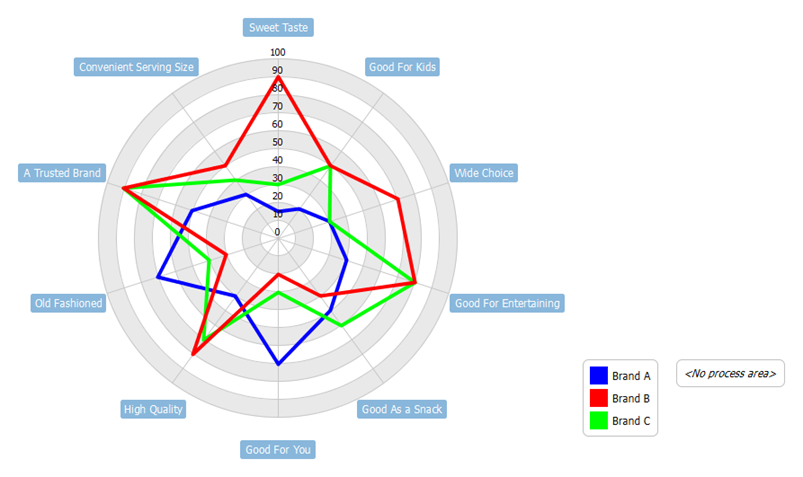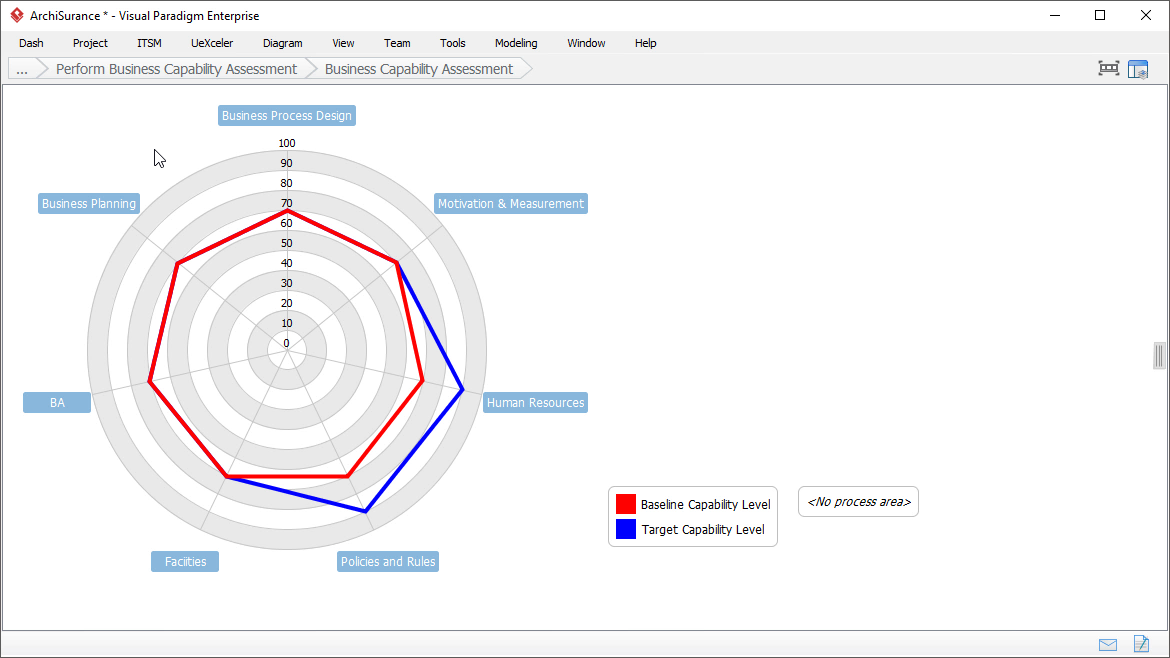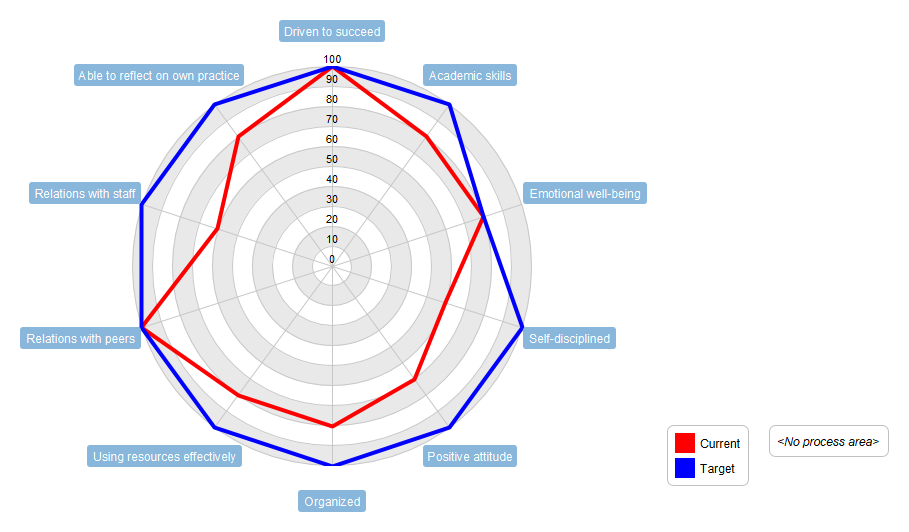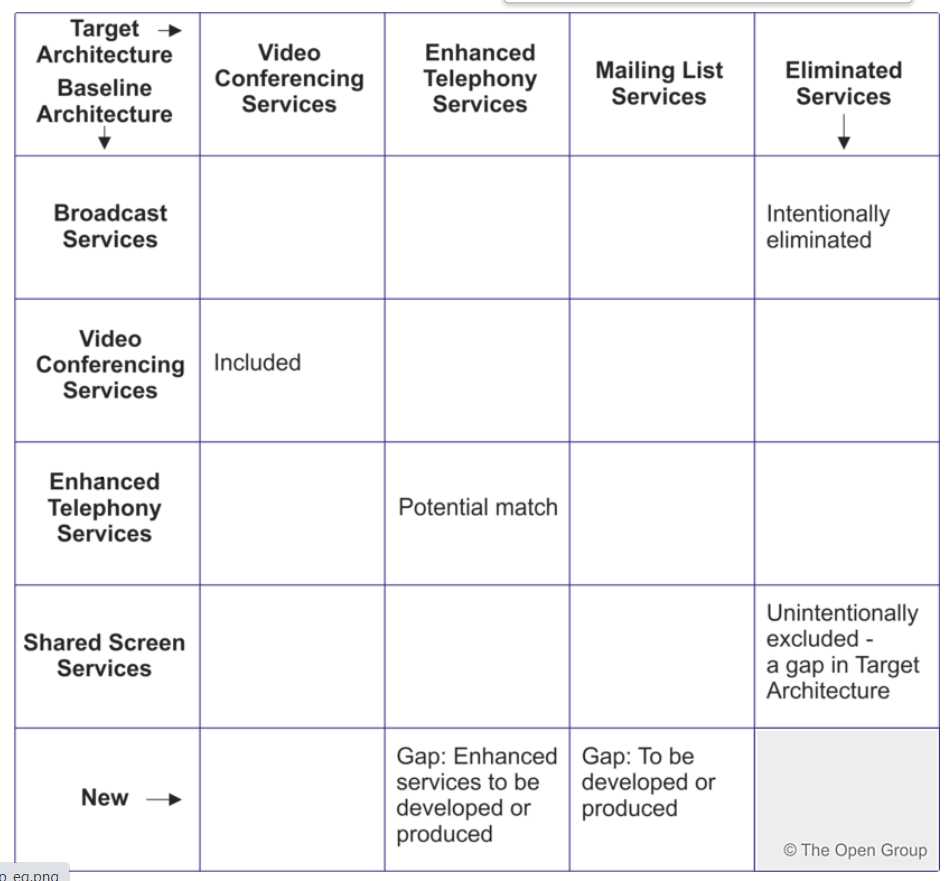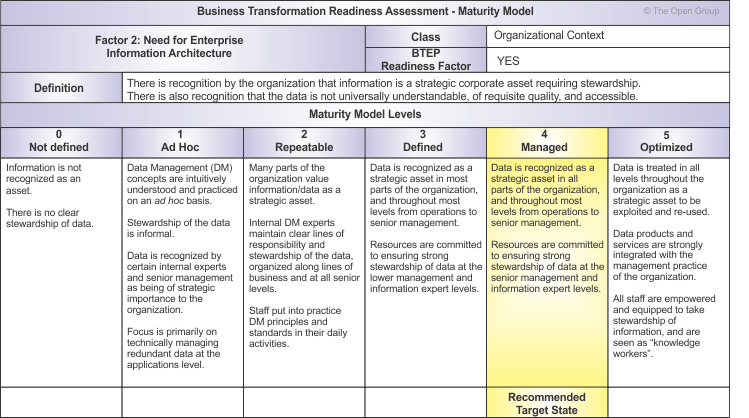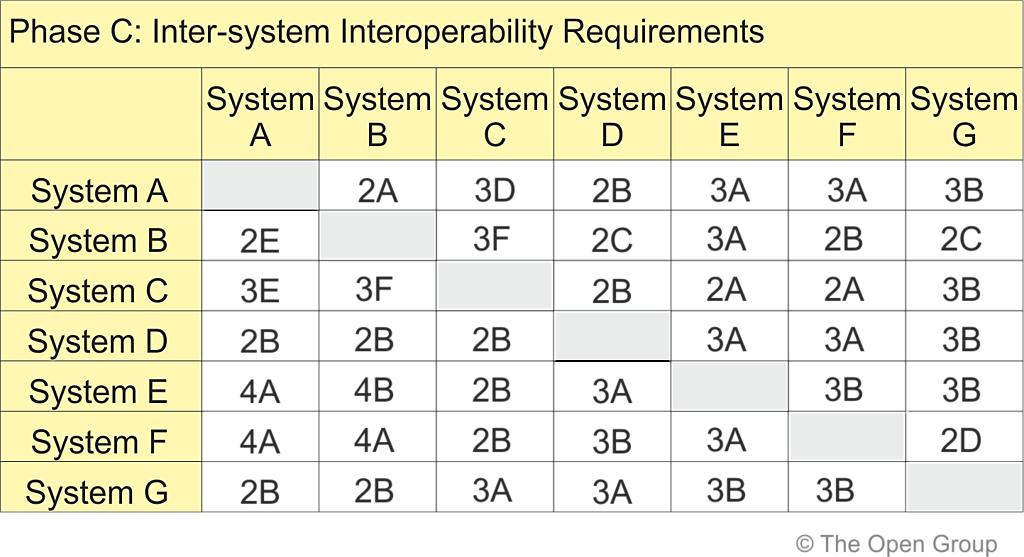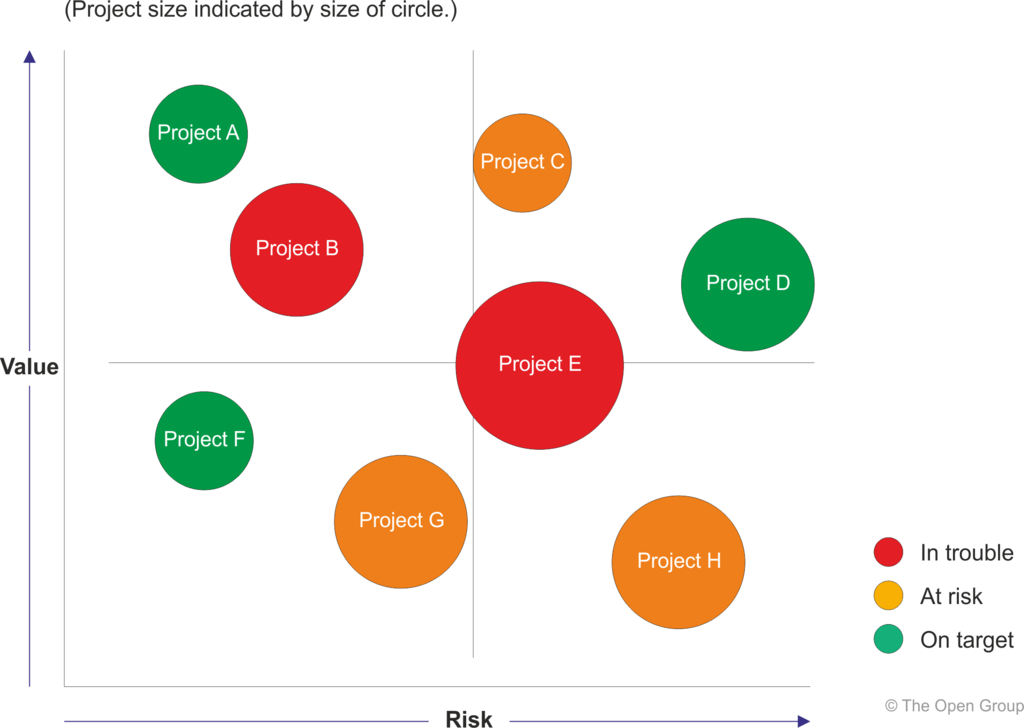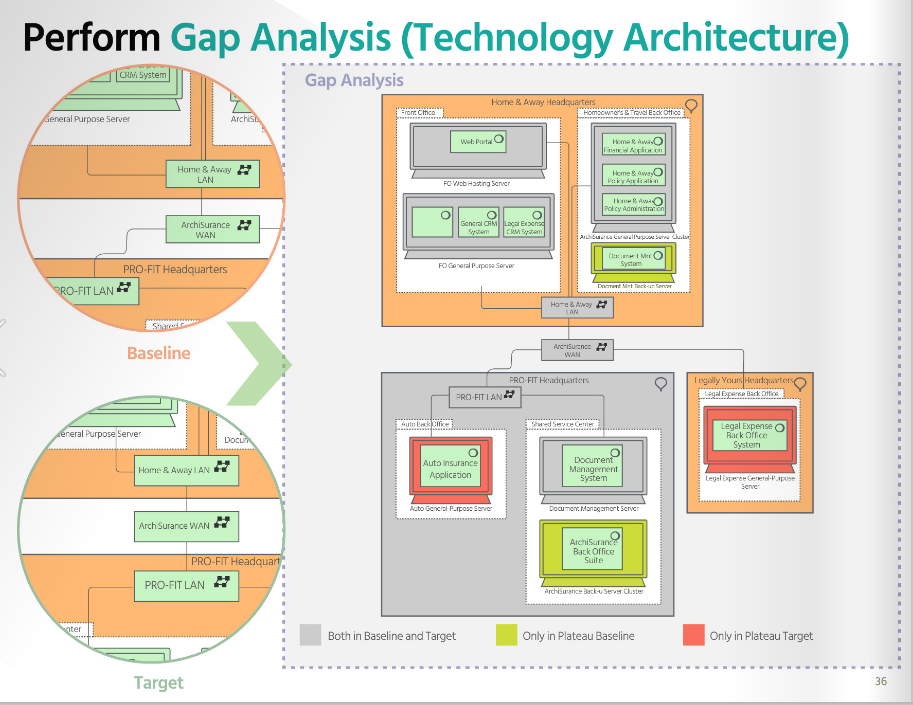Improving Customer Experience: A Comprehensive Guide to Identifying and Addressing Key Issues
What is a Radar Chart? A radar chart is a graphical representation of data that is used to display performance or comparison of multiple variables on a two-dimensional plane. Also known as a spider chart, web chart, or star chart, a radar chart consists of a series of spokes that radiate outward from a central point. Each spoke represents one of the variables being measured, and the length of the spoke indicates the value of the variable. The data for each variable is plotted on the chart as a series of points, which…continue reading →

